| marc7 travels |
|
This day trip adventure turned out to be one of my funniest adventure this year. What started out as a search for a giant’s cave ended with a dirt trail ride to a closed attraction and a swim in a clear pool to amusement of locals. From a place made popular by the pastry, comes a trip that had us bawling in laughter over the stories and adventures in Argao. Argao is one of the baking towns of Cebu, together with Liloan and Santander, and is THE “Torta Capital of Cebu”. The torta is a local pastry that stems its roots from the town’s Spanish roots. Coming from this gastronomic perspective, the town is rich with stories that give you a preview of its vibrant past. Its outskirts have natural attractions that will give you an opportunity to share a smile and an adventure with its locals. The fusion of its stories and adventures make the town a perfect spot to enjoy, even for just a day. Baluarte de Argao Let me start the our Argao adventure with the Baluarte de Argao. Let me first put some context on the significance of the baluarte. The south side of the Cebu, the coastline facing the Cebu Strait, is lined with baluartes that was commissioned by Fray Julian Bermejo. These watchtowers, that are lined along the coast from Carcar to Santander, are part of an elaborate system that warned locals of an impending Moro attack. Some of these coastal watchtowers are in ruins while some, including that of the Baluarte de Argao, were “rebuilt” for re-use. The Argao Watchtower is located inside a private resort aptly called Baluarte de Argao. The ruins of the baluarte were incorporated into a modern structure that functions as a wet restaurant/cafe. You won’t get to see any semblance of the baluarte in its current state. You would only know that it was once a baluarte from the pictures displayed showing its ruined state prior to the construction. Part of the watchtowers base were incorporated into the new structure. You would get to see part of the ruins when you enter the room on the first floor. As much as we would like to appreciate the attempt to put some value on the baluarte ruins, it has lost its heritage value with how it was re-used by the private owners. Argao lost an opportunity to have it recognized as a national treasure considering how the baluarte is part of an elaborate system of military communication during the Spanish period. This is a solid example on how we need to improve on how we value our history and heritage as Filipinos. Puerta Marina and Puerta del Sur There are two “gates” that lead to the town center. The Puerta Marina is the gate that faces towards the sea. The “puerta” sits within close proximity of the baluarte and, with the width and breadth of the gate, it probably served as a structure for defense of the town against Moro raids. There are two other gates that stand opposite each other in the town center. Both gates leads to the front of the church. These gates probably served as the entry point if you are coming from the adjacent inland towns. The three gates seemed to stand as safe keepers of the church and the local government. The area could have been fortified during that time as most of the heritage structures within the gates have been well-preserved. Capella Murtuario Standing adjacent to the Puerta Marina is a small chapel - the Capella Murtuario. Made from coral stones and lime mortar, the small chapel is believed to be the same age, or even older, as that of the Argao Church. There are two versions as to how the church was used. The first as a mortuary chapel for highlanders hold wakes, even those of criminals, before being laid to rest at the cemetery. The chapel is also believed to be used as a house of prayer for stillborn and unbaptized babies. This belief is strengthened by the relief of St. Michael the Archangel rescuing a baby from the mouth of the devil at the top of the chapel’s facade. The chapel is adorned with intricate reliefs depicting flower arrangements and the purple hue of the altar, depicting innocence, all indicate that the chapel was for the used as a latter. How the chapel was used can still be subject for discussion but what is certain is that it served as a mortuary chapel as shown on the skull with an hourglass relief atop its doors. The chapel was kept hidden for 40 years and was only “revealed” after a hospital structure was demolished. The great things about this discovery is that it did not suffer a similar state of the Baluarte de Argao. The Capella Murtuario was restored to its former glory giving as a glimpse of the beliefs and customs of locals during the Spanish period. Argao Church Complex The heritage block of Argao is composed of two areas - the church complex and the government complex. At the center of the church complex is the Archdiocesan Shrine and Parish of Michael de Archangel. The Argao Church was established in 1733 and a first church was built in 1788. The present stone church and the convent were built from 1803 to 1836. The church structures, made of coral stones, were fortified to serve as a fortress during Moro raids. The facade of the church is adorned by intricate stone carvings of angels with the image of St. Michael as its main centerpiece atop the church’s doors. Three windows openings are located on the second level of the church which I presume served as lookout stations during raids. The belfry, completed on 1830, stands adjacent to the church, dominating the skyline of Argao. The church and the belfry stand majestically facing the sea, as if it was a guardian protecting the quaint town. One thing that really struck me was the beauty of the church’s interior. The church stands out for its beautifully painted ceilings of biblical stories by Cebuano painter, Raymundo Francia, and a Boholano painter. The altar stands in golden hues with images of the archangels. St. Michael Archangel, the church’s patron saint, is the centerpiece of the altar. There are smaller altars on the transepts of the church. The plaza is surrounded by a coral stone fence. There are small altars mounted on three corners of the plaza where one can offer a prayer. One unique feature of the coral fence is the 14 stone relief depicting the Via Crusis. This feature is unique to Argao. Argao Government Complex Just a stone-throw away from the church complex is the well-preserved Argao Complex. The open park fronting the Casa Real is home to a collection of memorabilias from the Spanish period. An old community well once served as the only source of potable water, news, and gossip in town. Old Spanish cannons, that dates back to the 1600, are on display at the park. These cannons were mounted on the protective walls of the pueblo to protect them from Moro attacks. The Casa Real is located on one end of the park. Built in the 1880s, the structure follows a bahay-na-bato architecture where the base and first floor are made of coral stones and the second floor is made from wood. It is the oldest municipal hall in the province and has been under rehabilitation when I visited Argao. The first floor is being utilized as a government offices while a large part of the second floor is under rehabilitation. There are some artifacts on display that showcases the heritage value of Argao. Adjacent to the Casa Real is another heritage structure that now serves as Argao’s Hall of Justice. The structure was built during the last century of the Spanish occupation and was originally used as an “Escuela de Ninos”. It was later used as a barracks during World War 2 where it was damaged. It was repaired after the war to become a school and later the home of the Regional and Municipal Trial Courts in Argao. The well-preserved church and government complex of Argao gives us a snapshot of the town’s colorful past. The arrival of the Spaniards has strengthened its position in the local economy that paved the way for the building of these infrastructures. It is great to see that a large part of its heritage has been kept intact, largely driven by the strong partnership of its community and the local government. Balay sa Agta From the stories of its colorful past, we ventured inland in search of a local folklore where a giant is believed to have once lived in the mountains of Argao. The giant is believed to have homed inside a giant cave along the Argao River. This spot has once become an attraction but was closed by the LGU because of a freak accident that claimed a life. The search for this cave started at the town market where we met a habal-habal driver who was familiar with the place. We had to endure a 40-minute ride through cemented, rough road, and dirt trails to the jump-off point. We then had to do a 15-minute hike through a trail covered by foliage. This is where we found out that this attraction was closed to the public after a hiker died after falling off a steep cliff along the trail. Yes, you need to be extra cautious during the hike and our guides were nice enough to keep us safe along the trail. We were able to get close enough to the huge opening of the cave. The huge opening could fit a giant and that was probably why we had that folklore going around. We were not allowed to venture any further for our safety. Our guides even joked that the giant were no longer welcoming with guests as it had placed snakes at the entrance. Sadly, I hope the LGU would reconsider opening this attraction to give Argao two different stories to enjoy and explore. Bugasok Falls A few minutes away from Balay sa Agta is another attraction - Bugasok Falls. Running along the Argao River, this falls is void of the majestic high water drops or the lush foliage that gives it a dramatic vibe. But its rustic vibe and peaceful surroundings, make it a perfect place to just relax and unwind. We viewed the waterfalls from the top and it gave us a good view of its small cascade. Our guide said that the base of the pool is deep and that they use to jump into it when they were younger. I got to enjoy dipping mg feet into the cold waters upstream. Bugasok Falls may not look majestic or instagrammable but the rustic ambiance is enough to make one enjoy getting close to nature. Tubod Spring Community Pool One thing that really caught my attention when reading about Argao was it has a lot of spring pools. Our guide even shared with us that one of Argao’s attractions was a mountain resort known for its spring pools. I am not a huge fan of “commercial” resorts that I opted to visit a lesser known spring pool that surprised, not us, but the locals. Imagine the shock and amusement of local Argwanons when two “Tagalog” explorers show up in their community pool thinking that it was a tourist attraction. They were doing their usual household chores like taking a bath and doing their laundry when we show up to take pictures and swim into the pool. The look of amusement on their faces as we enjoyed the cold fresh water is one for the books. In no time, locals were slowly streaming in to check on the “tourists”. The Tubod Community Pool is a small pool that is about a size of a badminton court. The sides were cemented for easier access and convenience for locals who use the pool for their everyday chores like bathing and doing their laundry. The headwaters spring from an underwater source and flows through to the sea. It is not an attraction but functions more as a community water source for everyday use. Something that city guy and gals don’t see and experience regularly. Interestingly, there are a lot of these pools in Argao and in the province. These pools serve as community nerve centers where you get to do daily tasks while sharing the latest news and gossips in the community. While the bigger pools have been opened to tourism, the smaller ones are more for communal use of the communities. These community pools, like Tubod, shows us what we are missing in the city and making us realize that the best things in life are indeed free. POST TRAVEL NOTES Argao is one of the largest and oldest municipalities in the province of Cebu. Its existence pre-dates the Spanish occupation so it is not surprising that it has a collection of stories to share, from local tales to historical annotations. It is one of those places that are often passed through but seldom given that highlight as a tourist destination. However, given the chance to be captivated by its beauty, one would agree that it is one destination that is “agaw eksena”! There were two things that I have picked up during my visit in Argao. The first is the possibility for an LGU to work hand in hand with the community in creating local tourism opportunities within its jurisdiction. We can keep the stories, whether historical or folklore, alive that were created in the past for the present and future generations. The second lesson is that the community proves to be a focal point in making these initiatives come into fruition. If the LGU and the community come together, they can create tourism projects that will resound to both local and international tourists. I hope Argao takes on that challenge. #MahalinNatinAngPilipinas #SamaSamangBabangonMuli ***This Cebu City blog series is a personal project that will have me getting around and re-discovering the Queen City of the South. Walking while exploring Cebu City is a great way to sweat it out just before the holiday celebrations. Talking about sweating it out… Anytime Fitness is set to open its next club right at the heart of Cebu City - Anytime Fitness Robinsons Fuente. Check out their social media pages for more information and to get the best membership offers: Getting there: Major local and international airlines have direct flights to Cebu. You can take a cab to the South Bus Terminal where you can take a Ceres bus to Bato via Oslob. Tell the bus ticket teller that you will be going down the Poblacion area of Argao. You can walk or take a trike to the heritage area of Argao. If you are planning to take a trip to the cave and falls, you can hire a habal-habal stationed in the Argao Public Market.
0 Comments
Leave a Reply. |
Marc del Rosario
I believe in education, entrepreneurship, and caring for the environment. Archives
April 2024
|
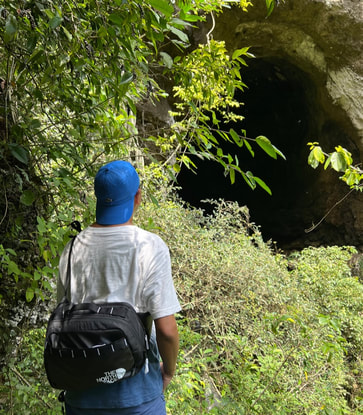
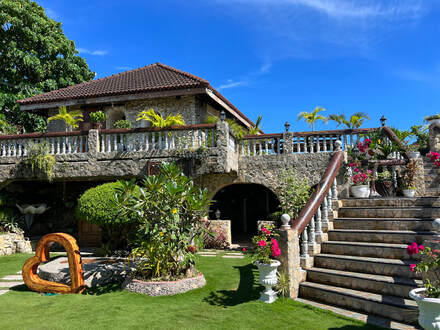
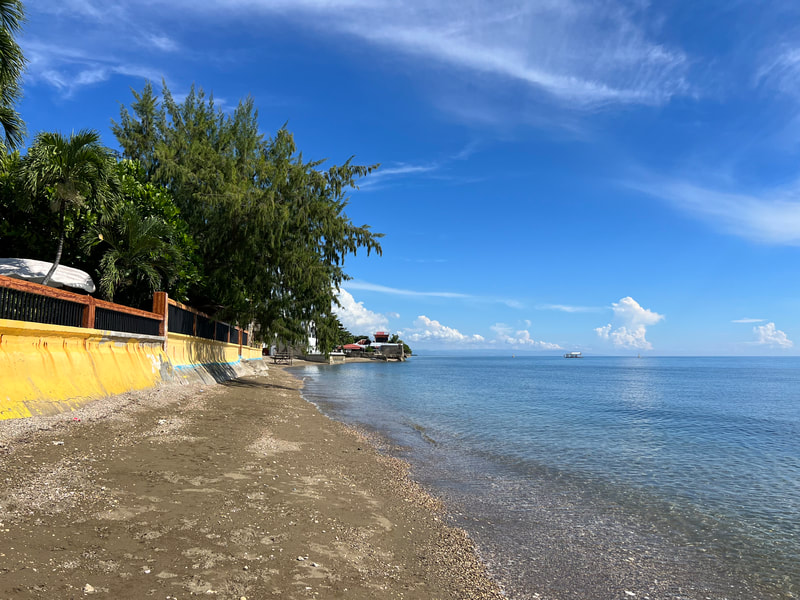
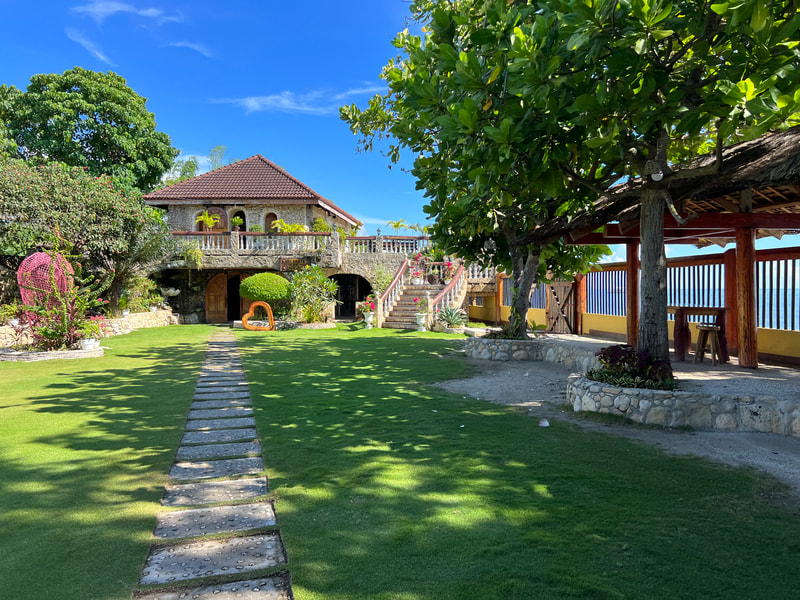
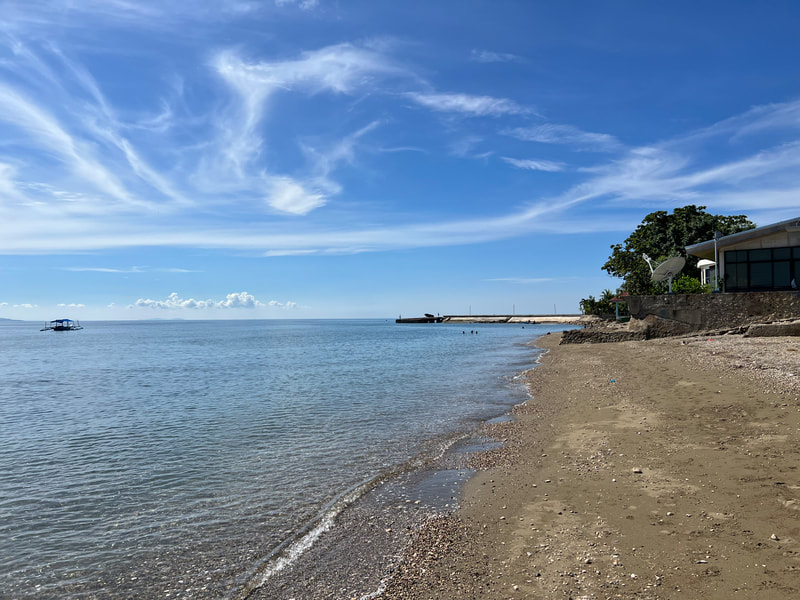
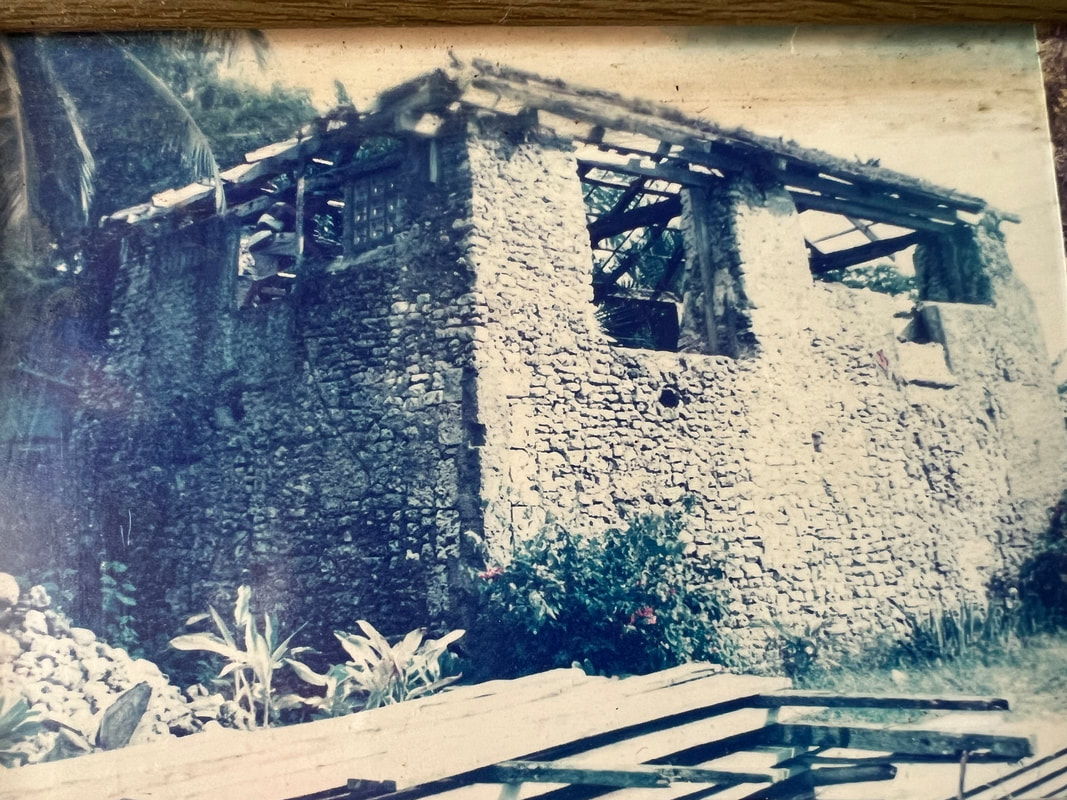
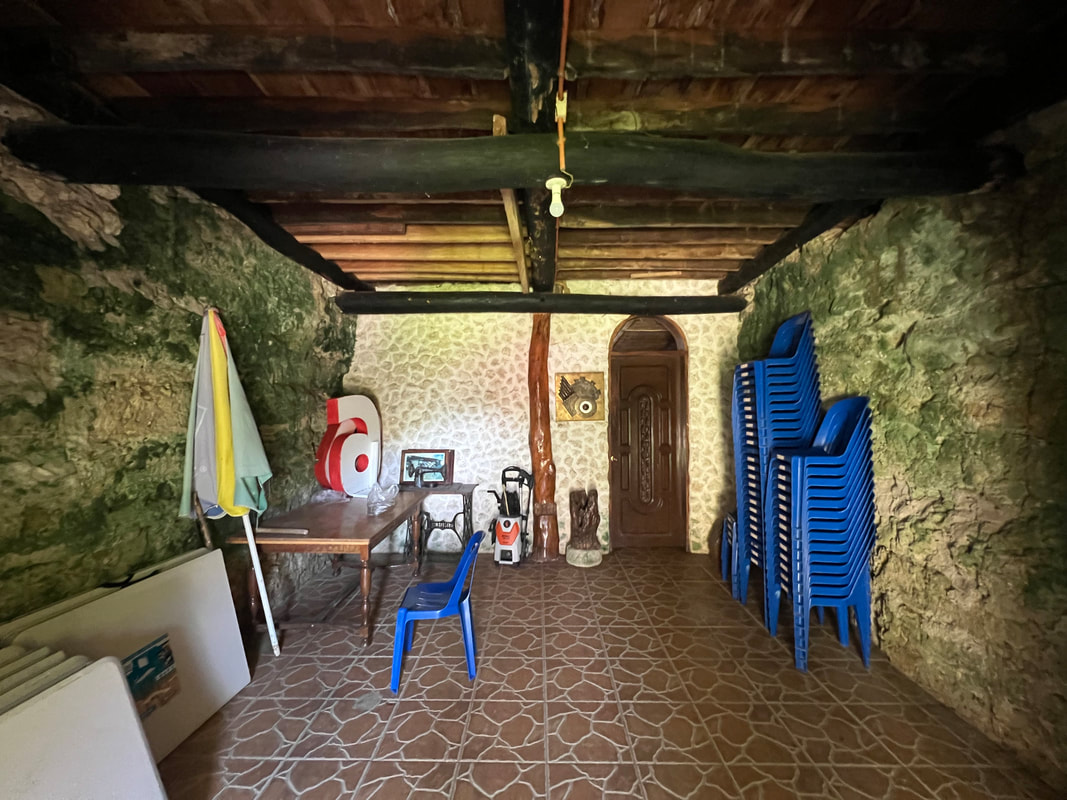

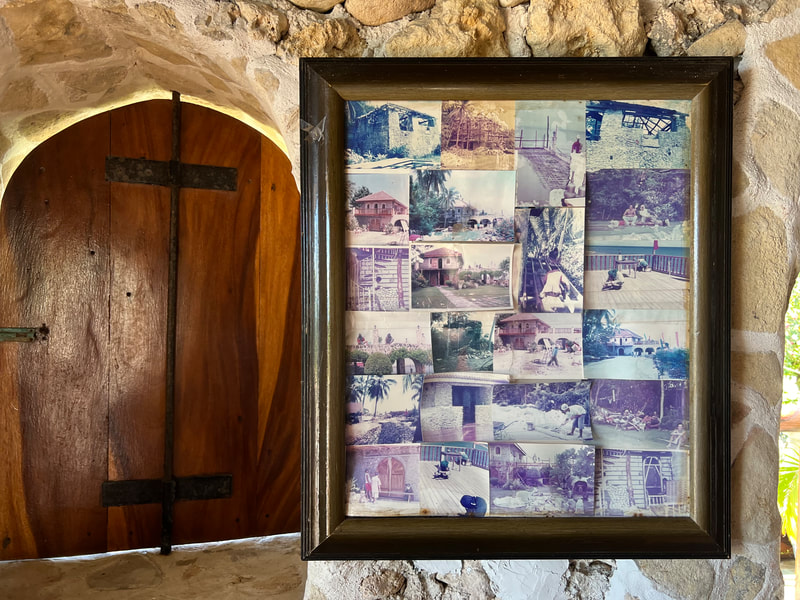
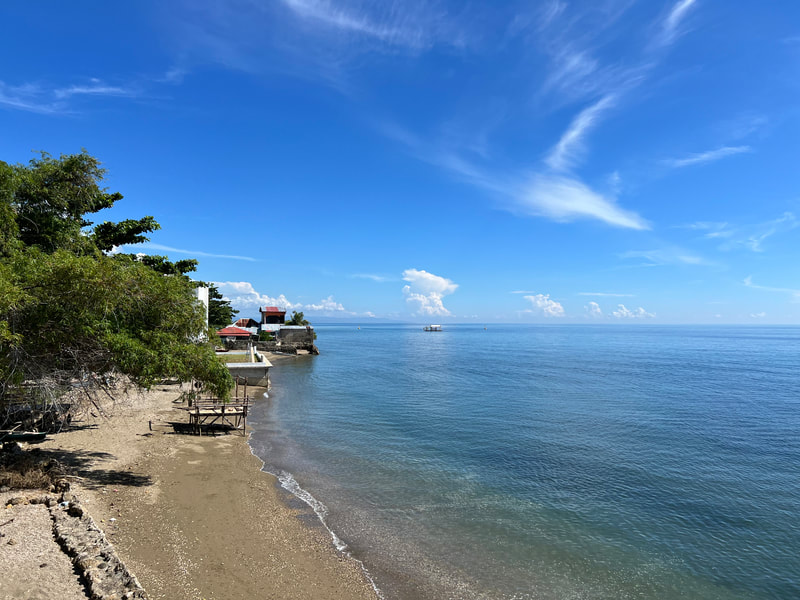
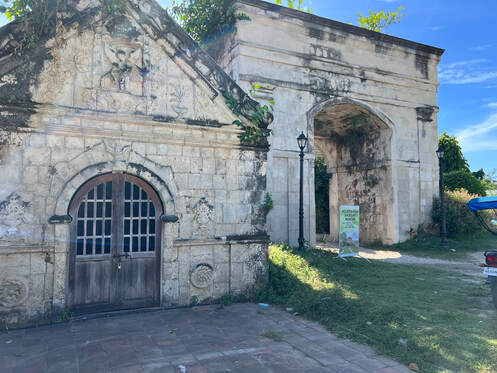
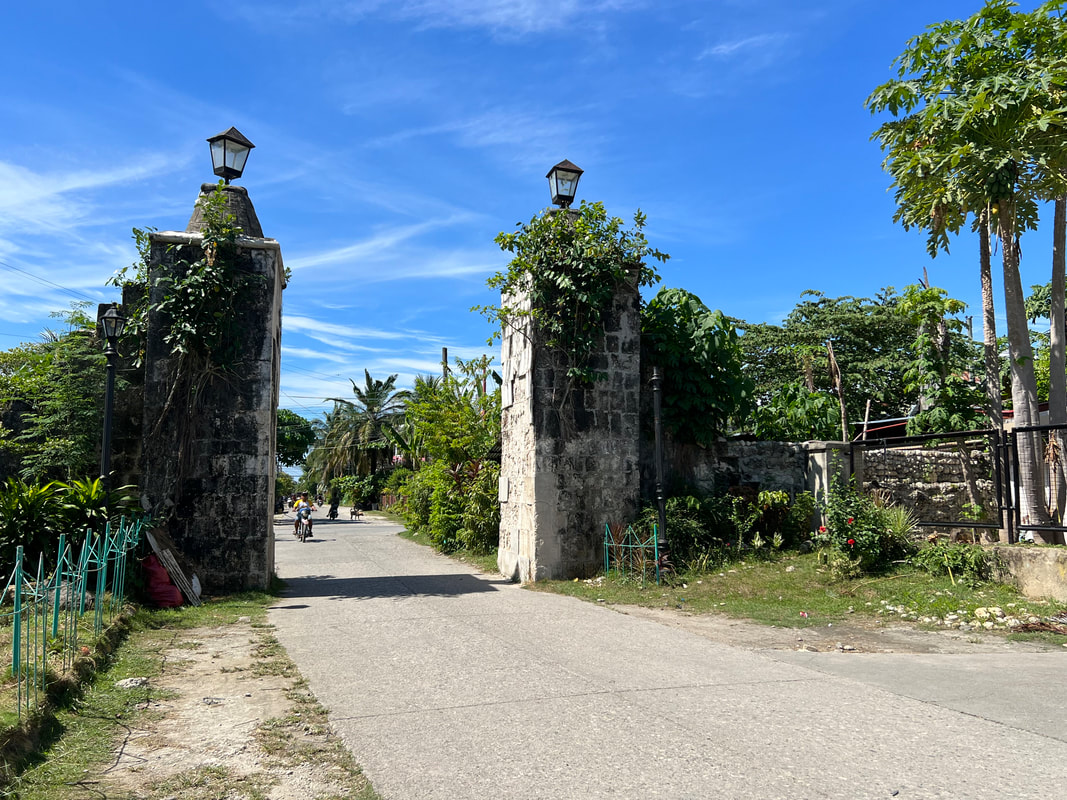
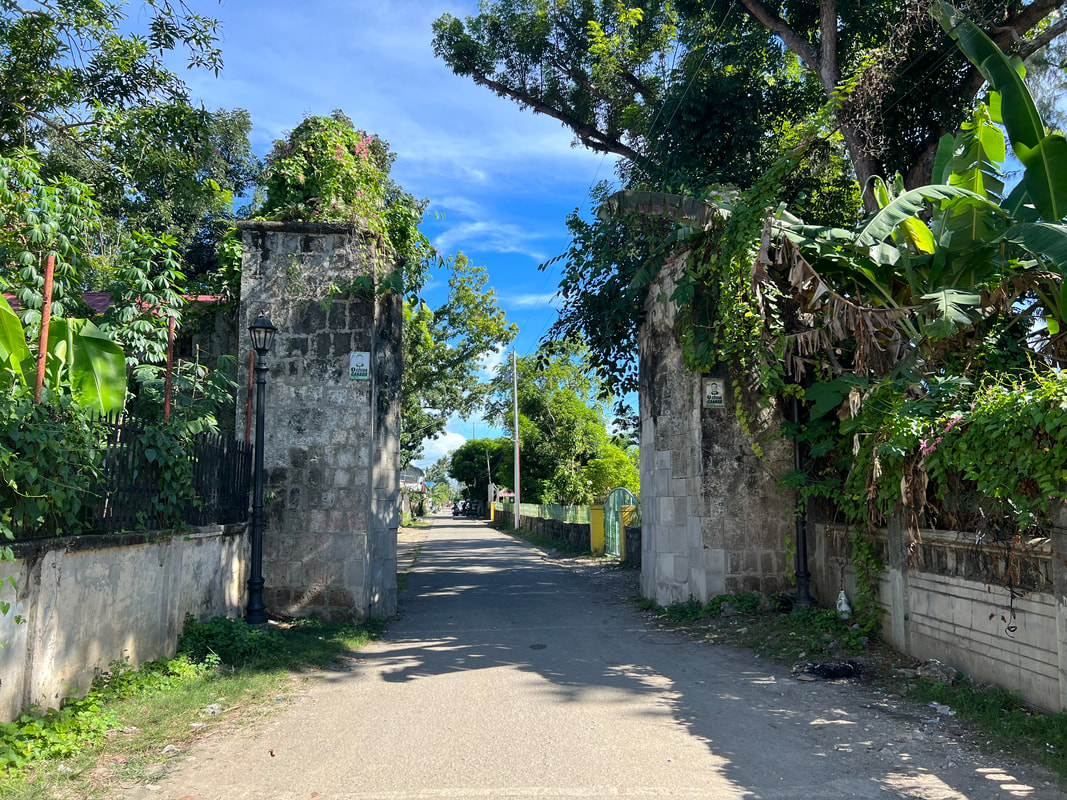
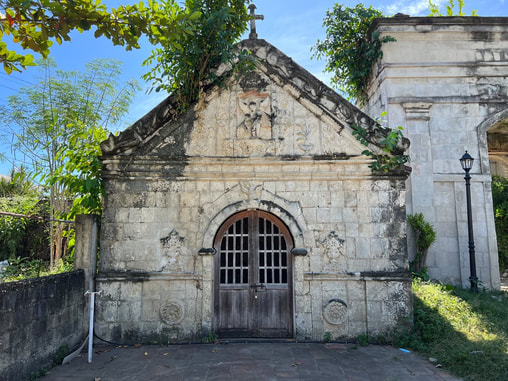
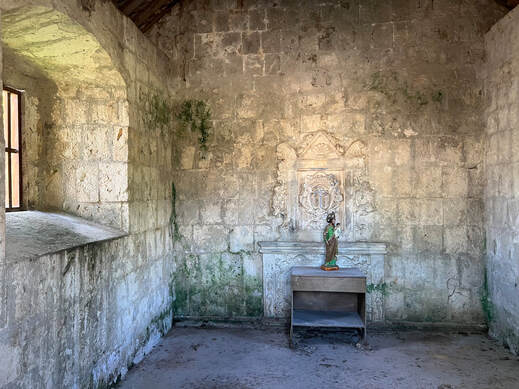
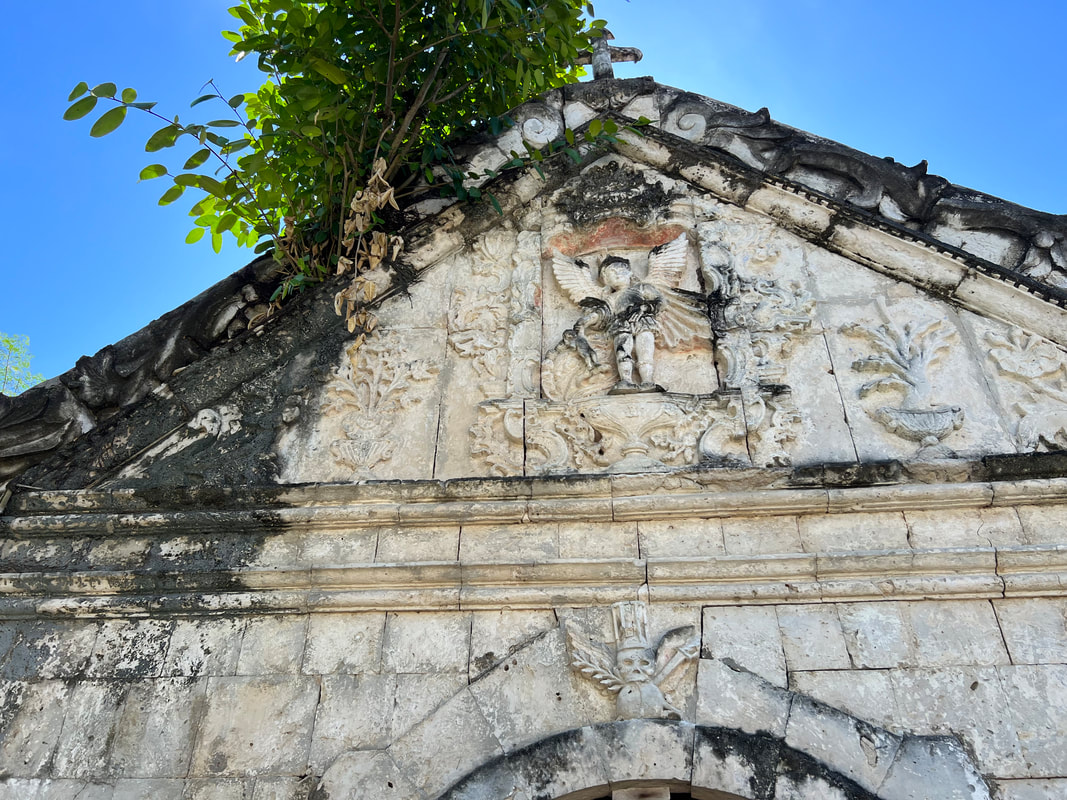
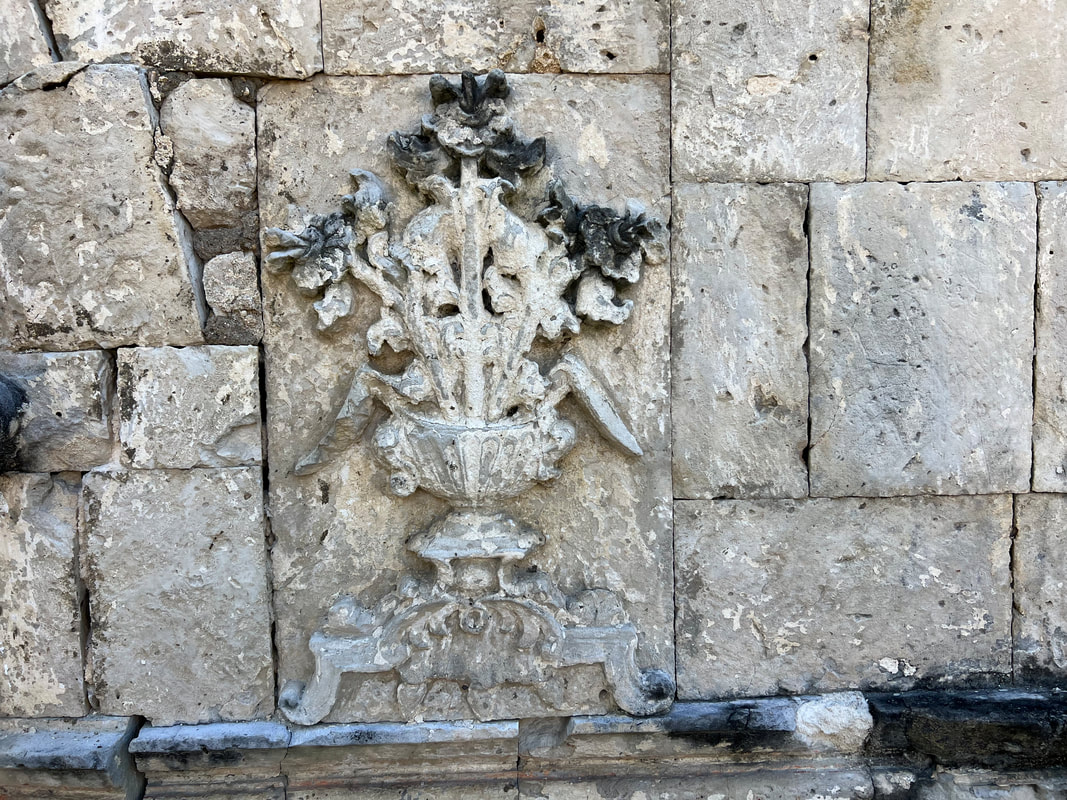
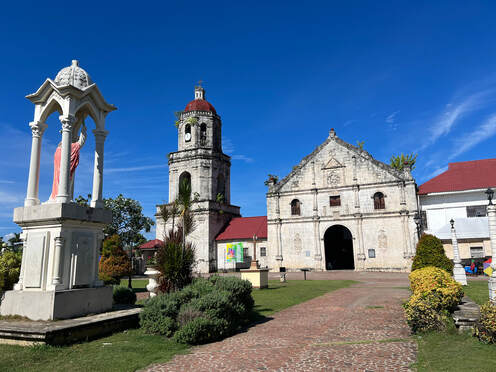
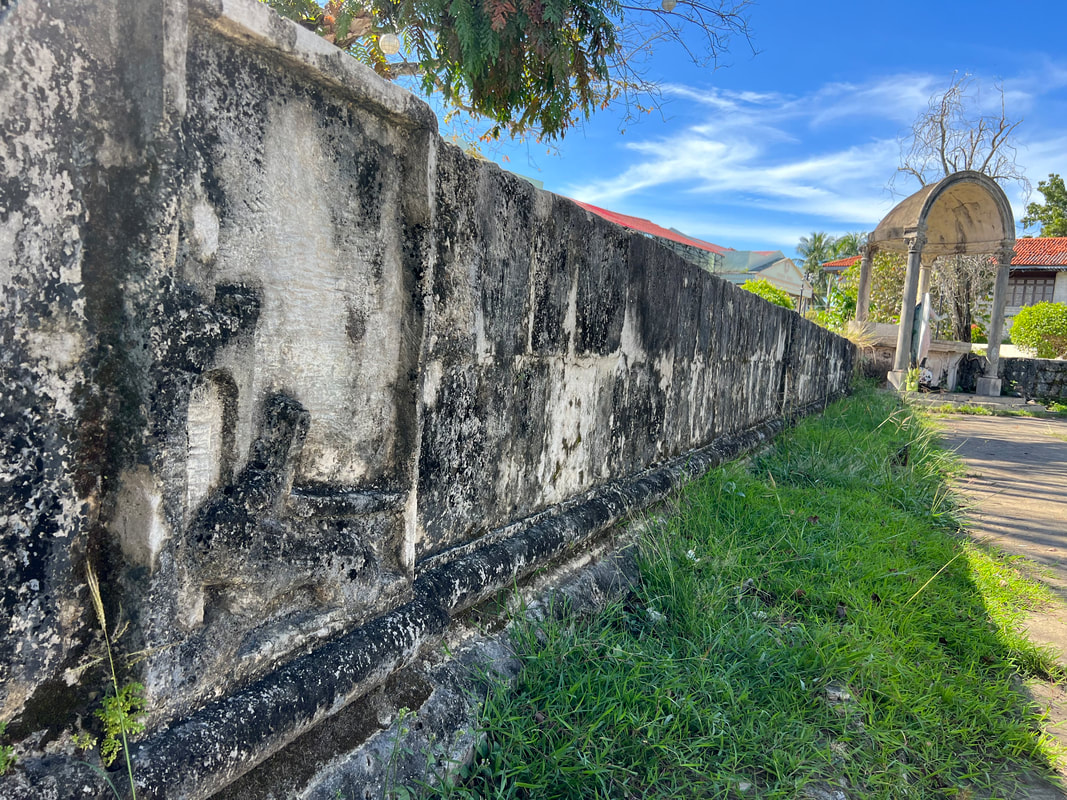
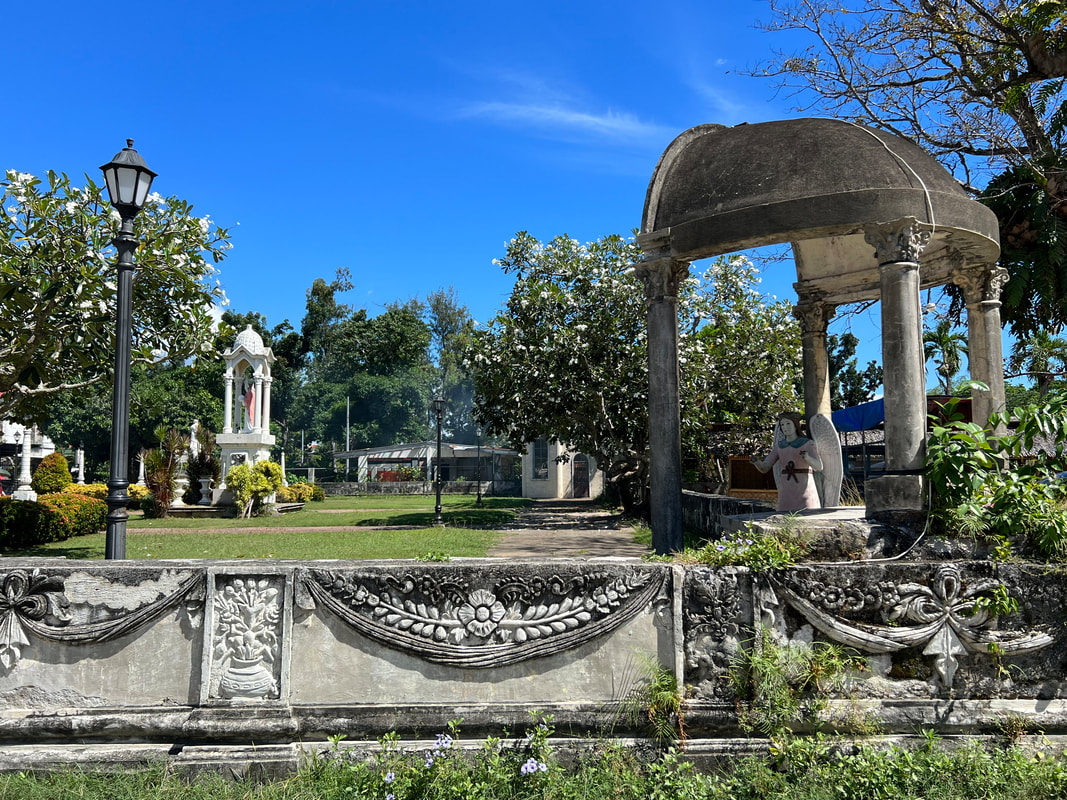
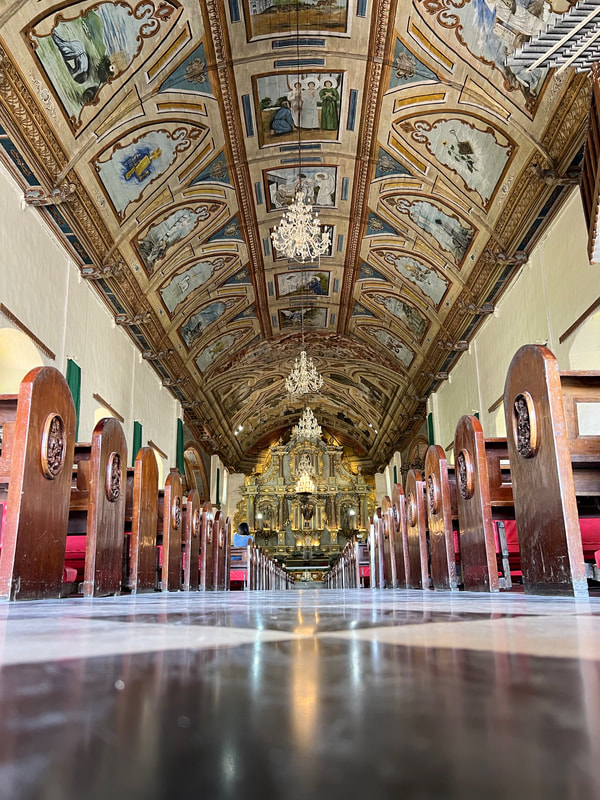
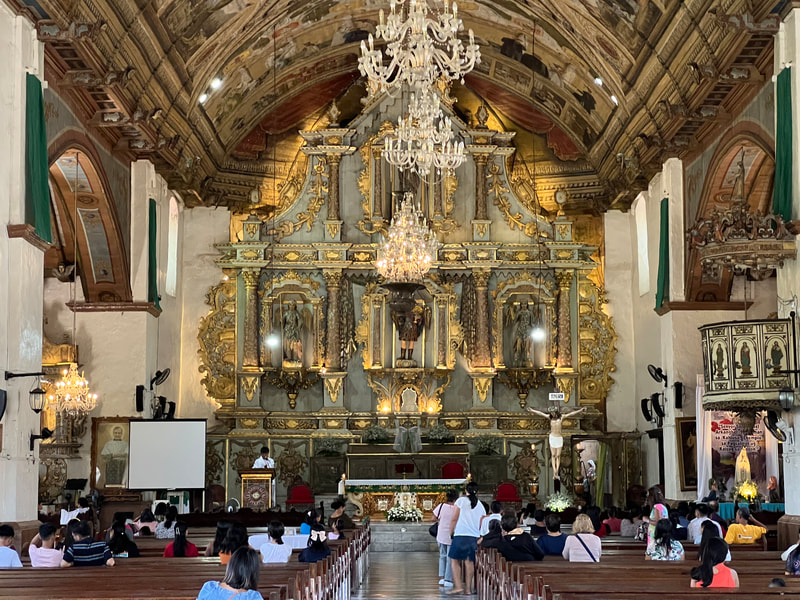
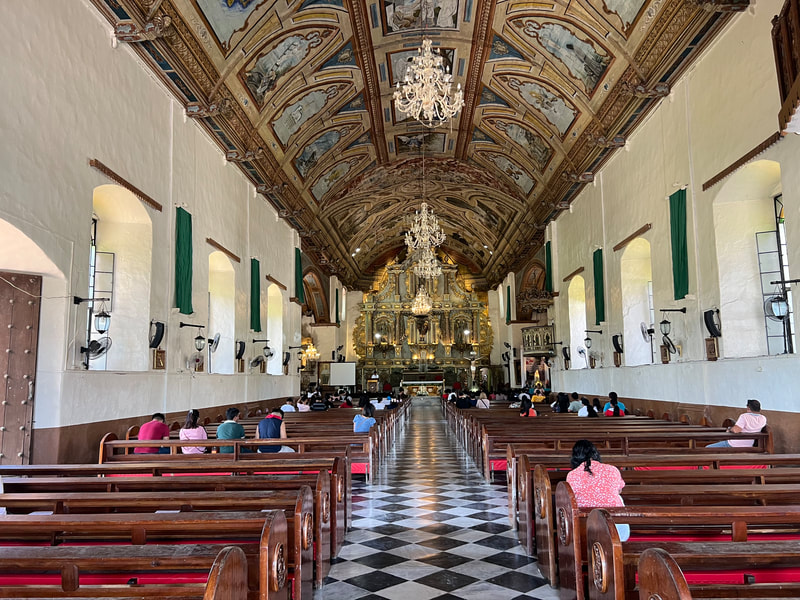
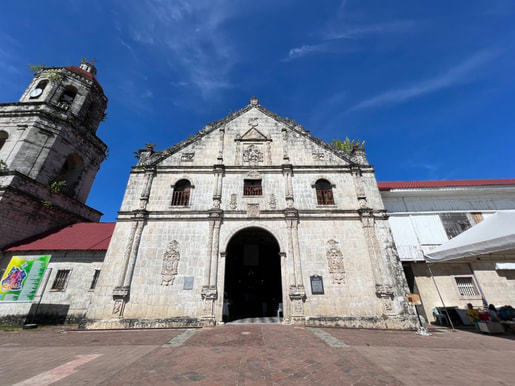
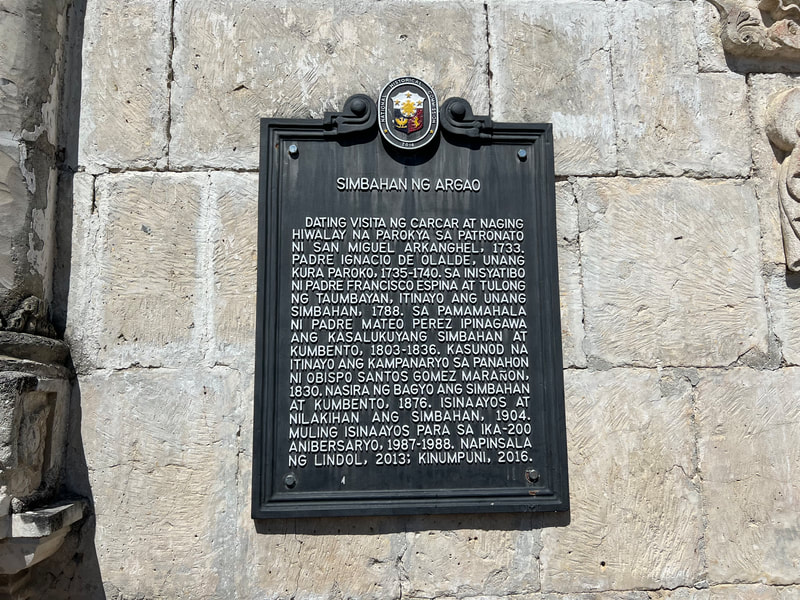
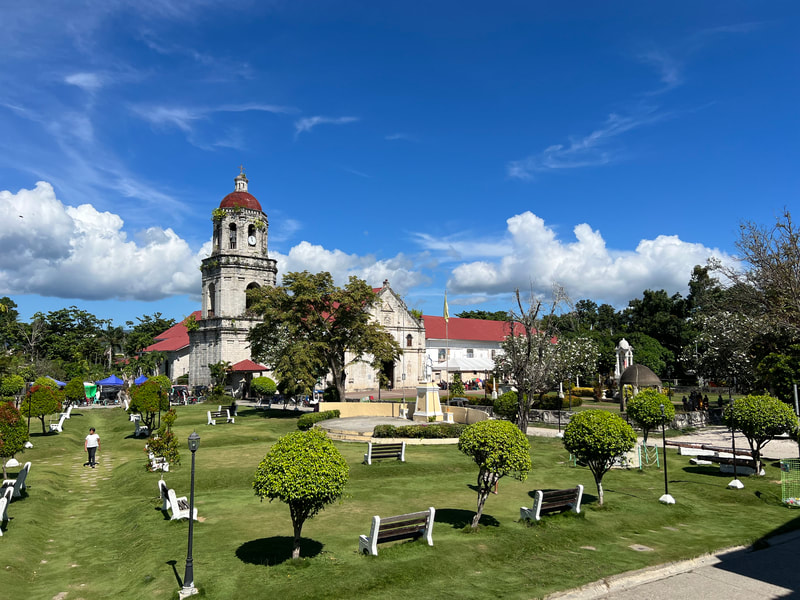
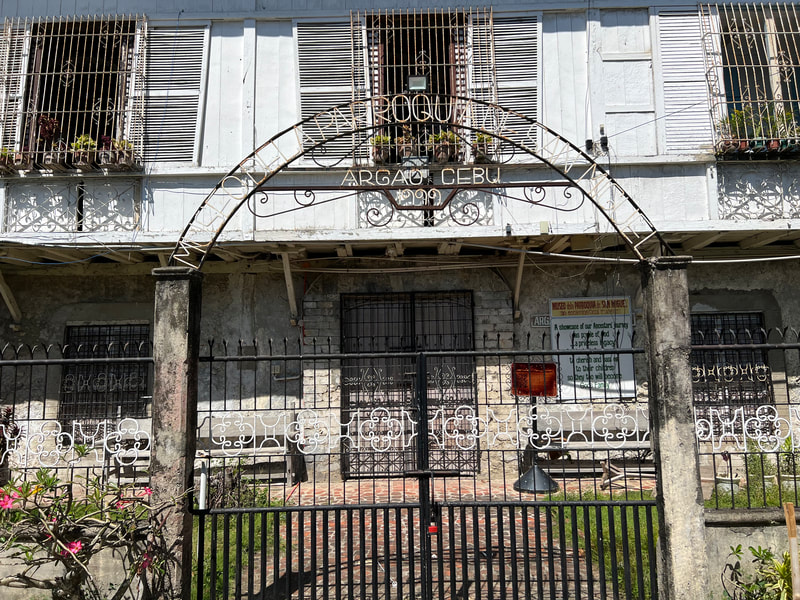
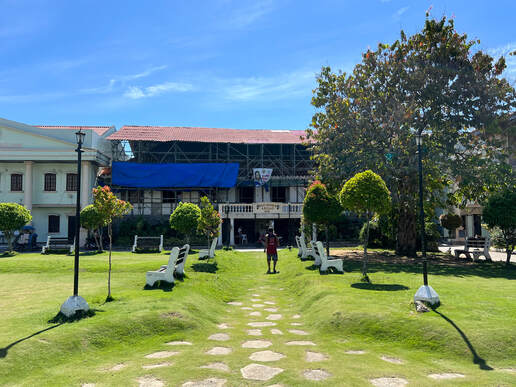
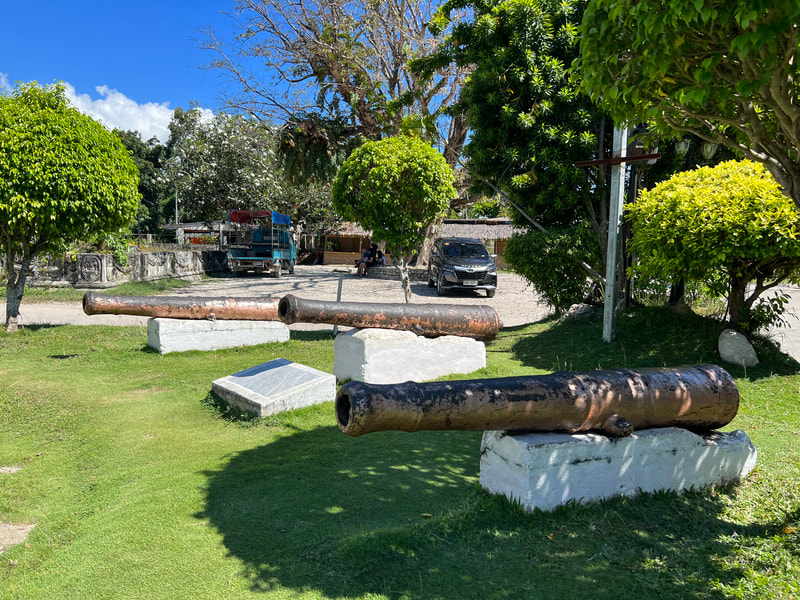
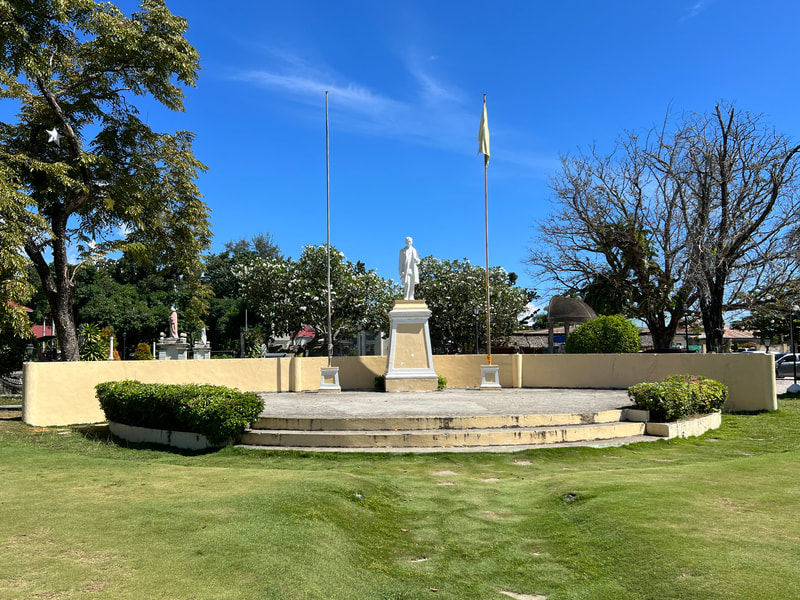
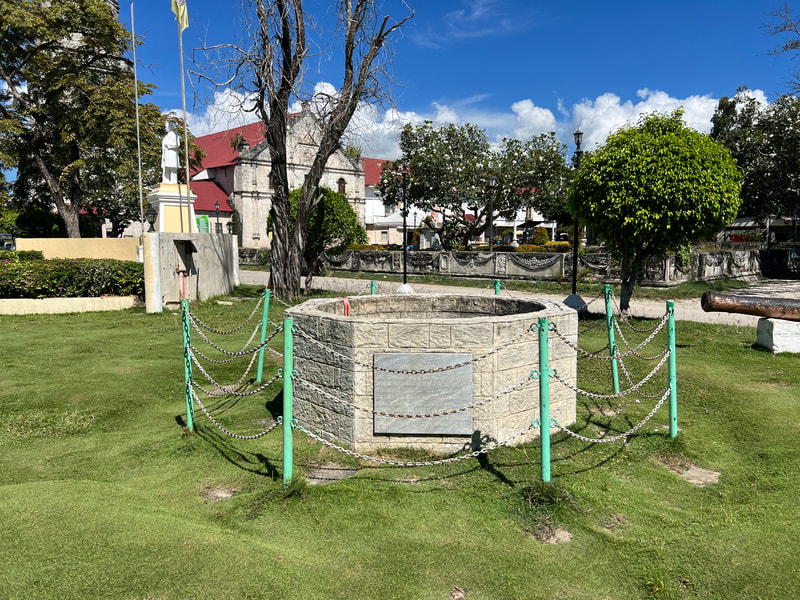
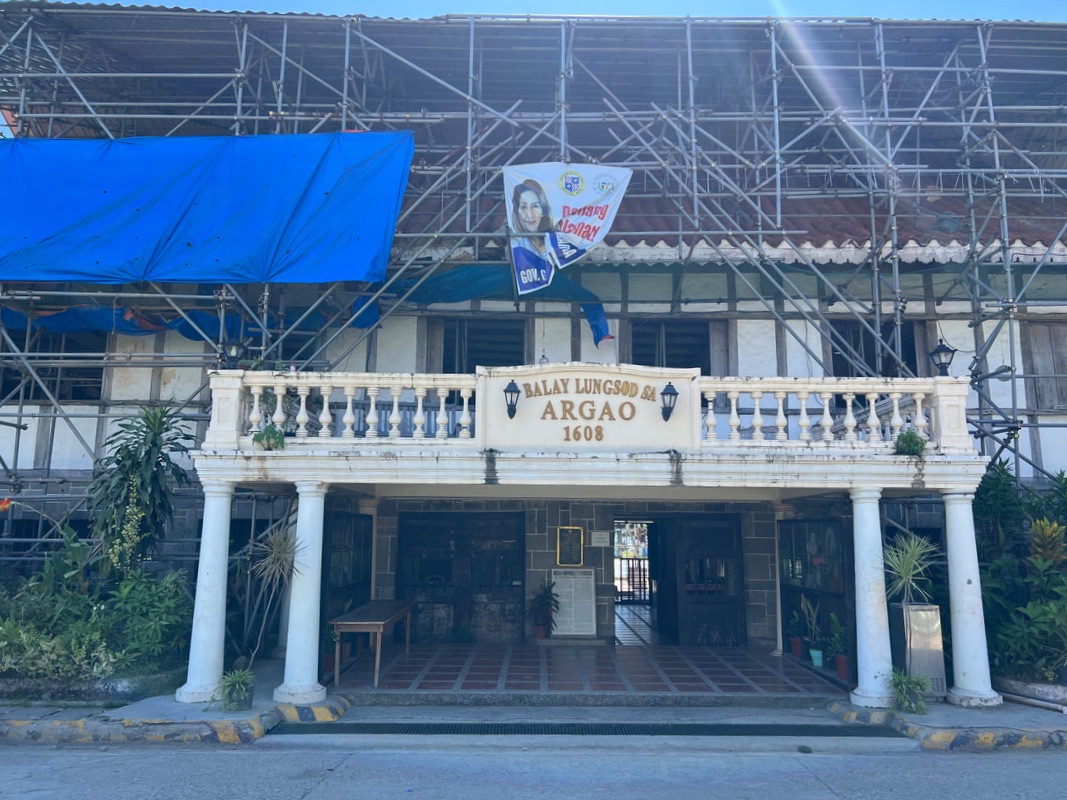
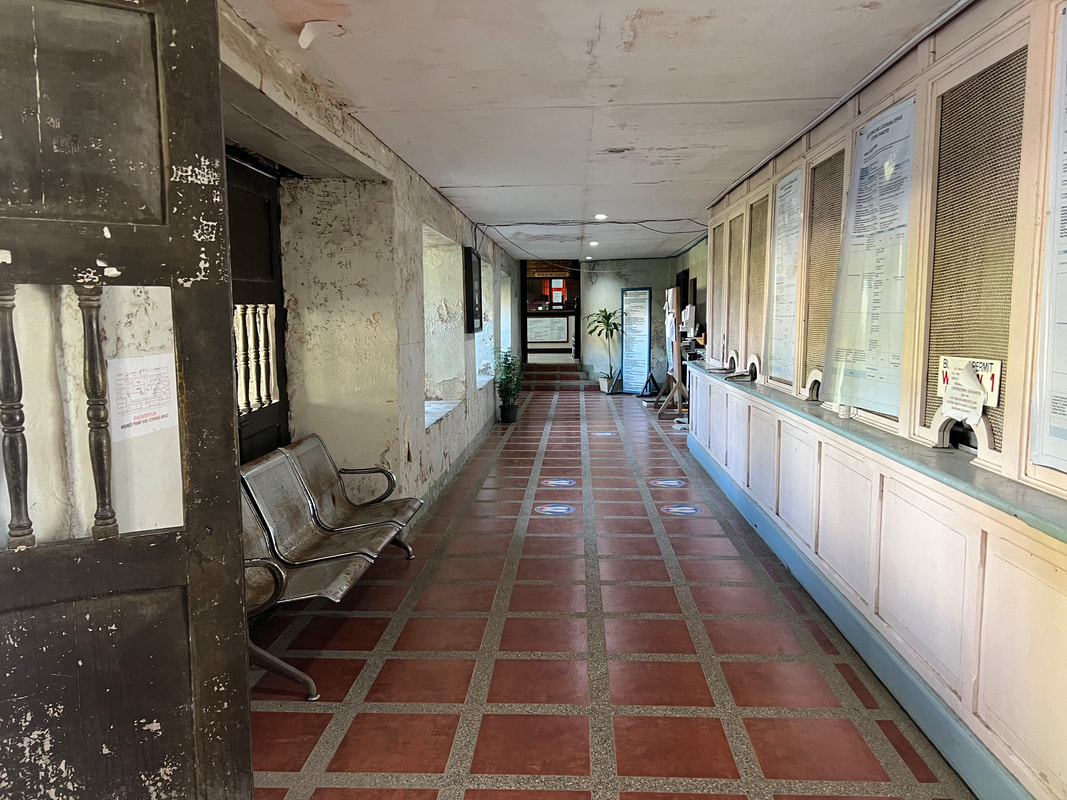
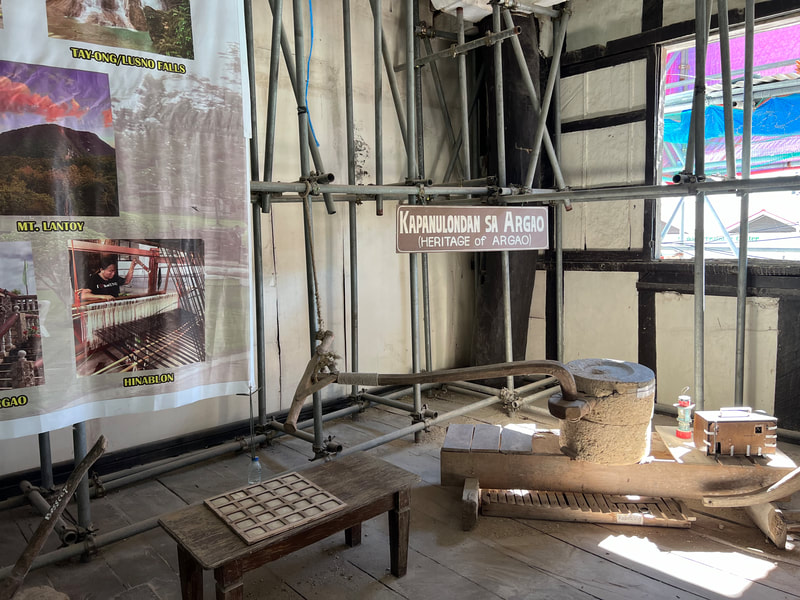
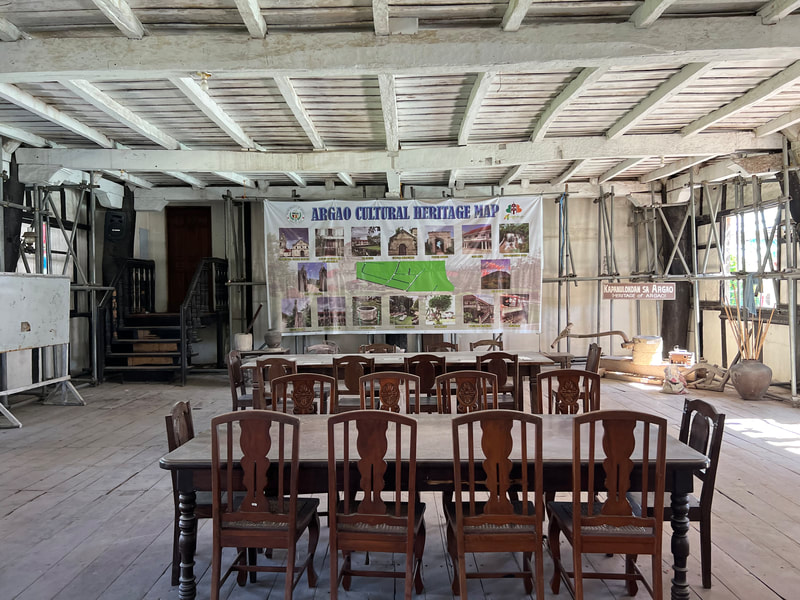
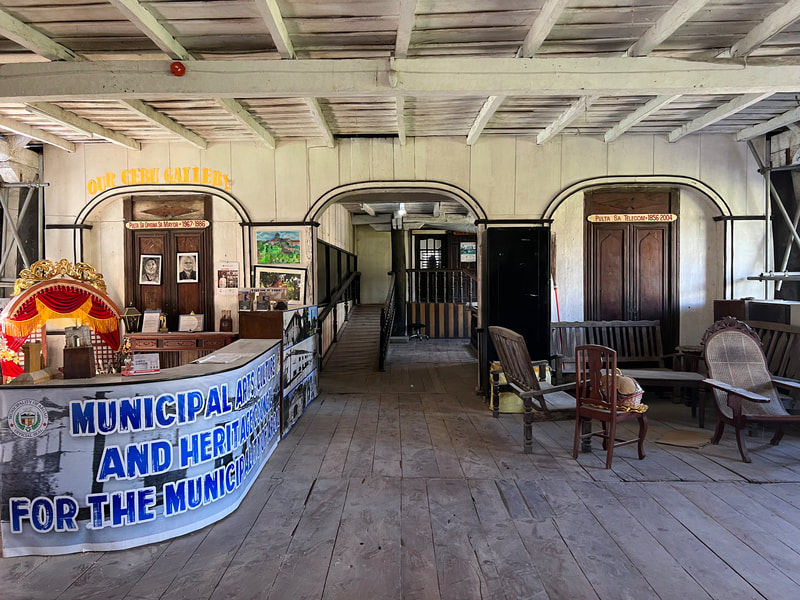
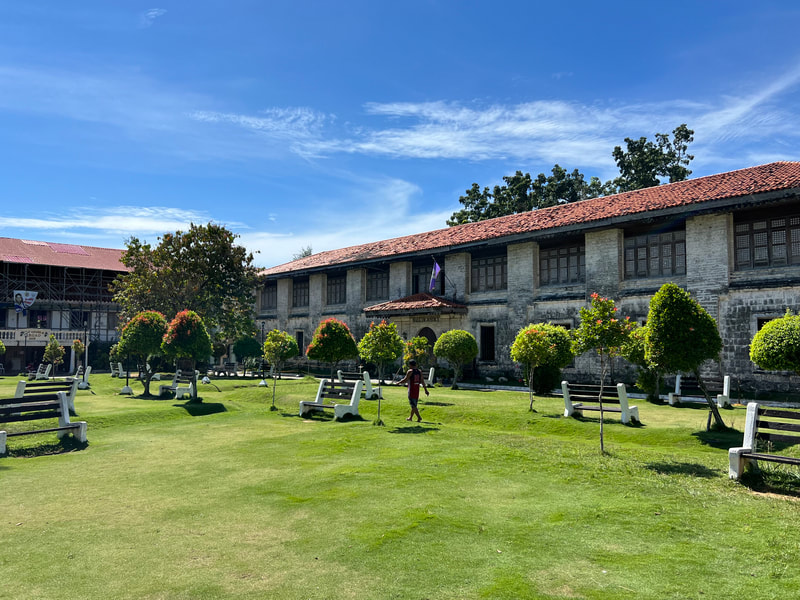

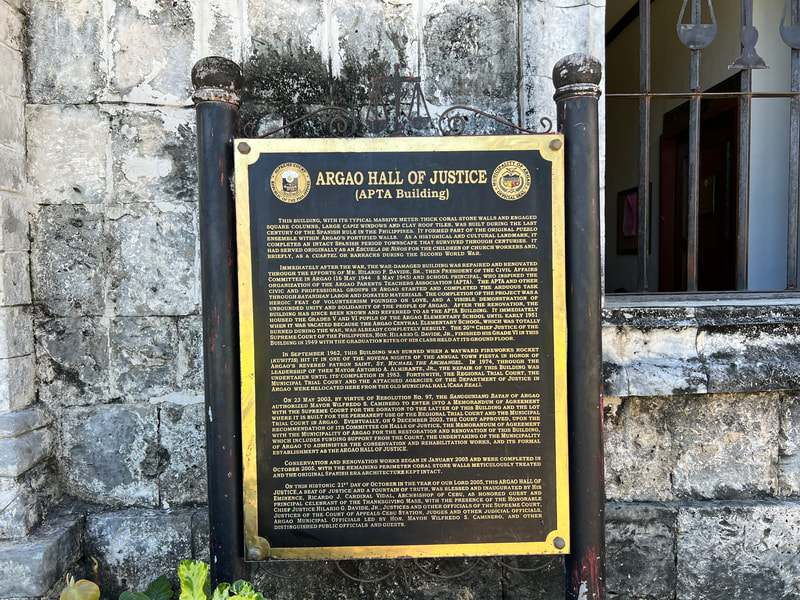
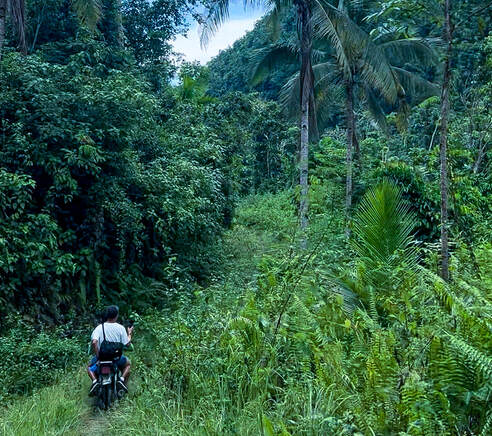
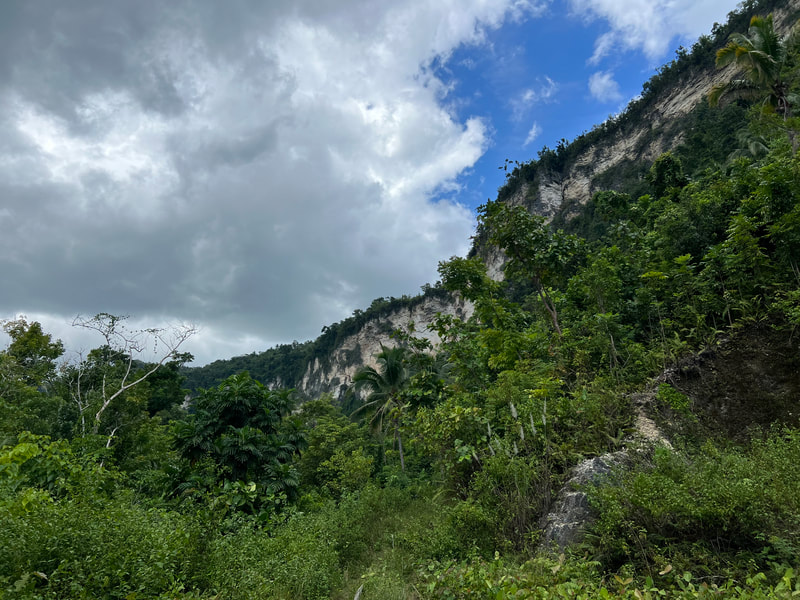
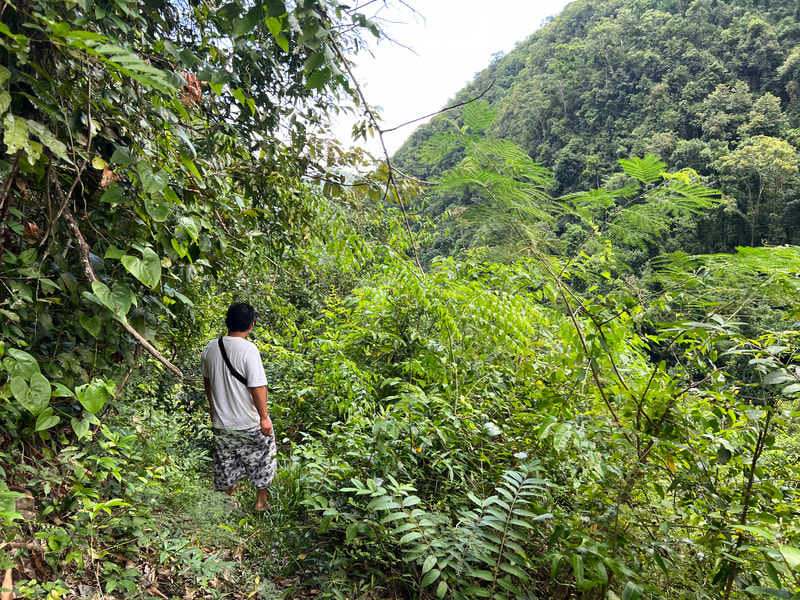

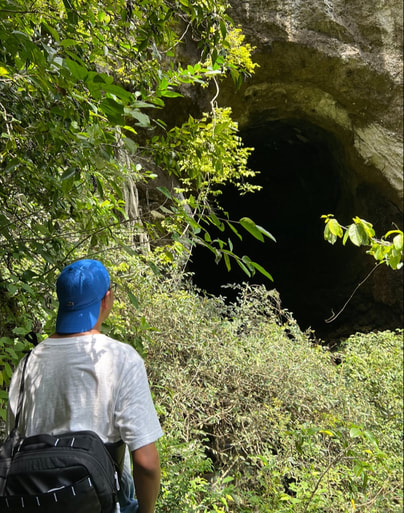
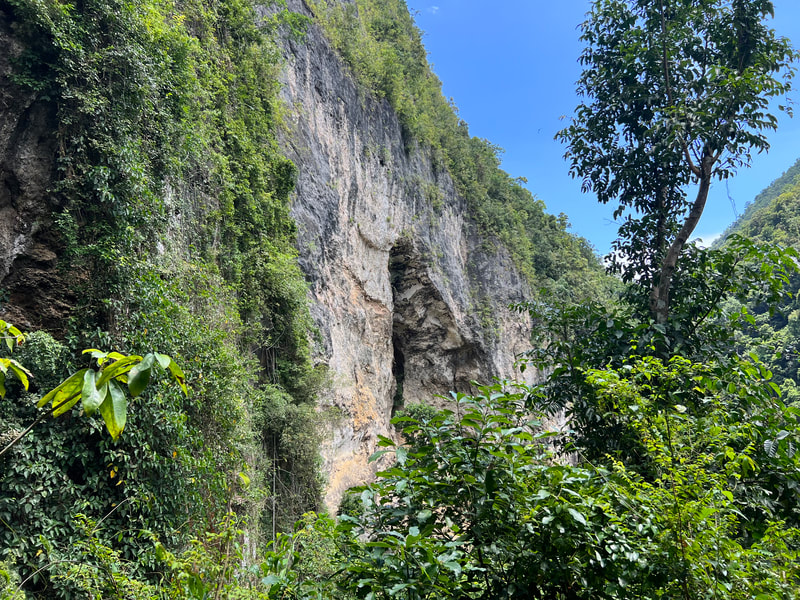
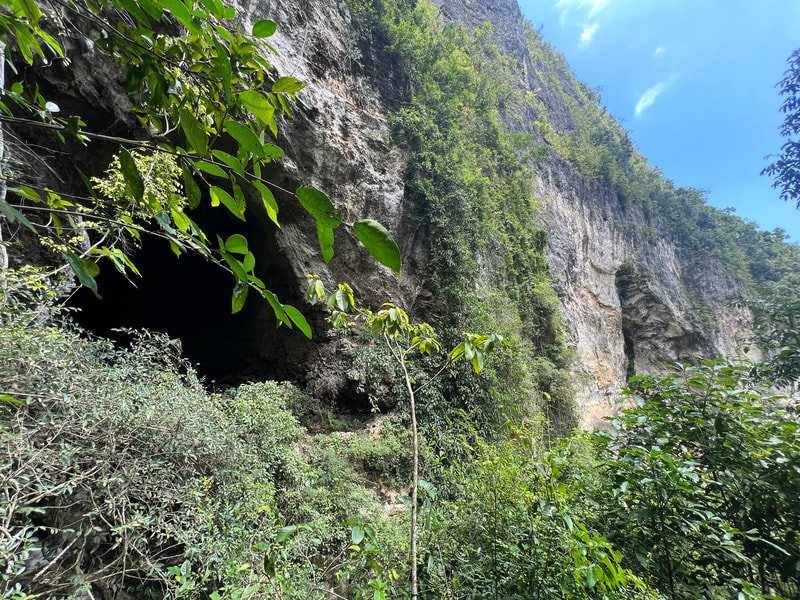
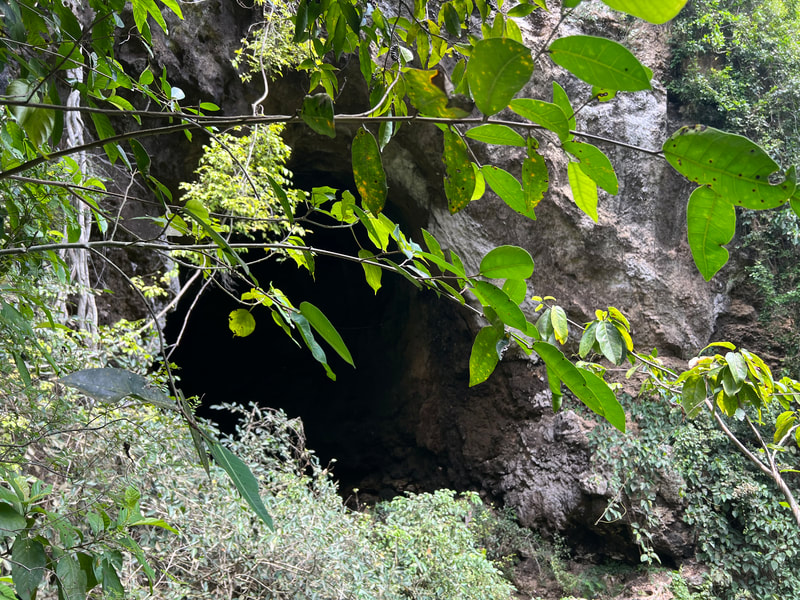
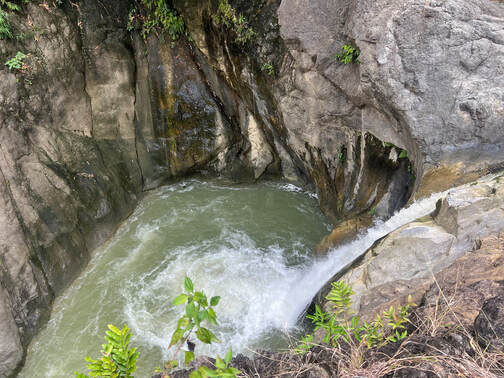
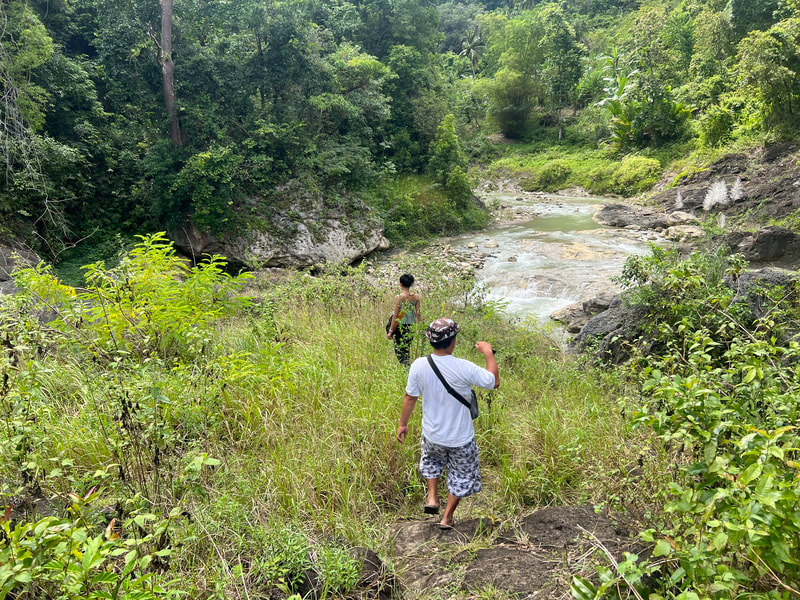
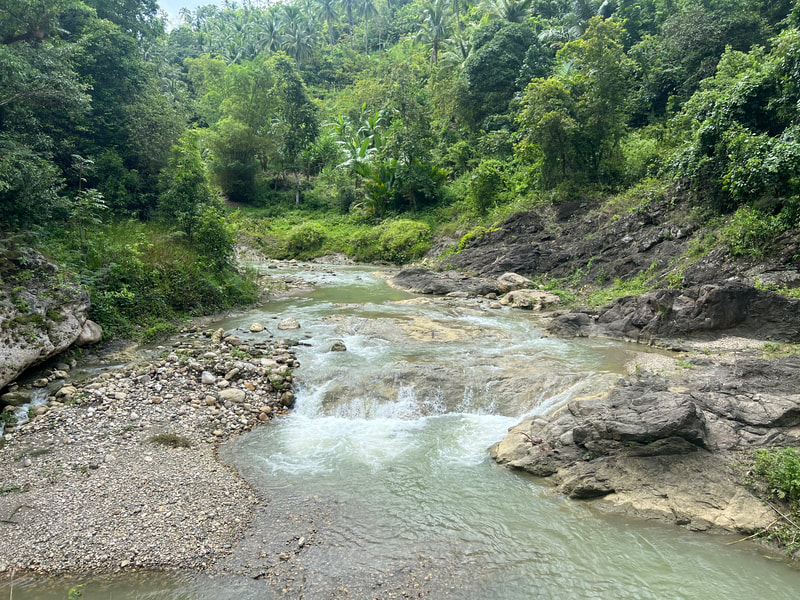
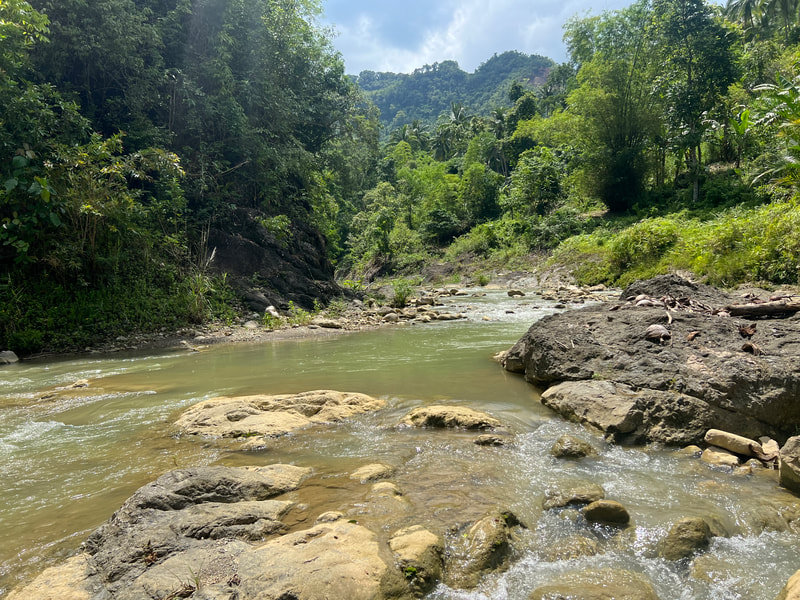

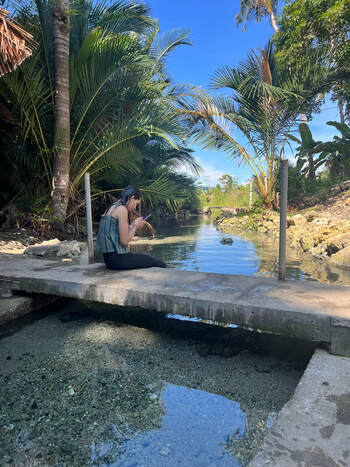
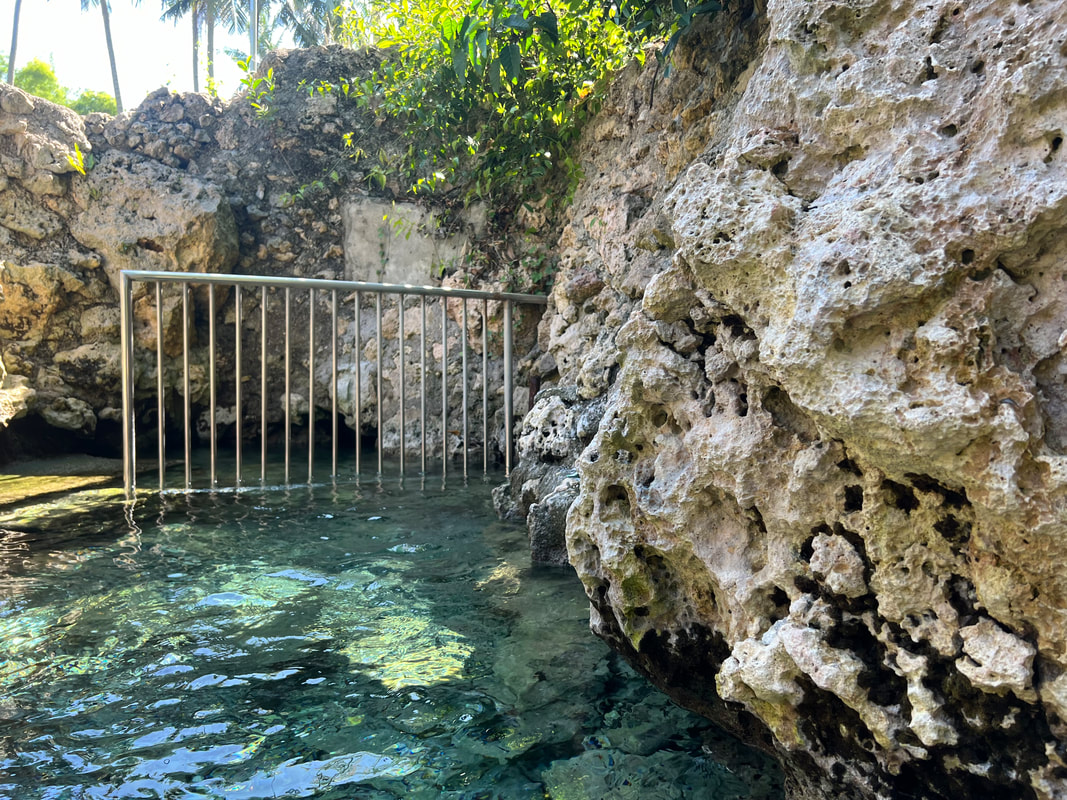
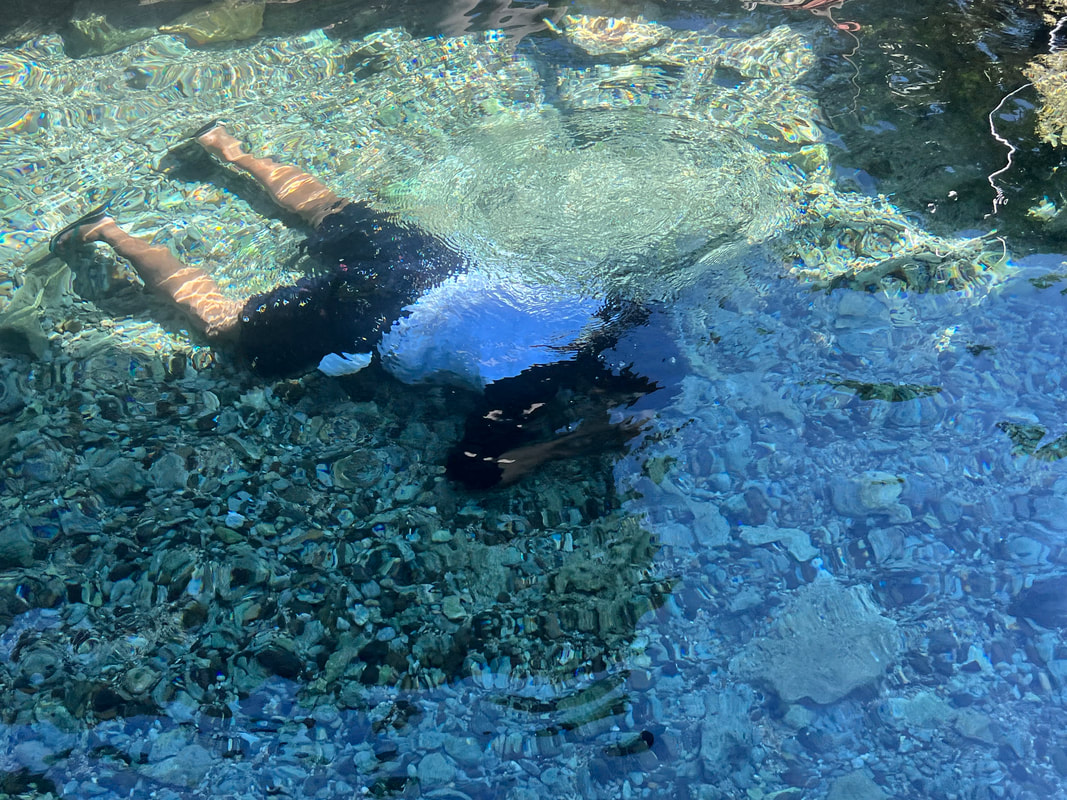
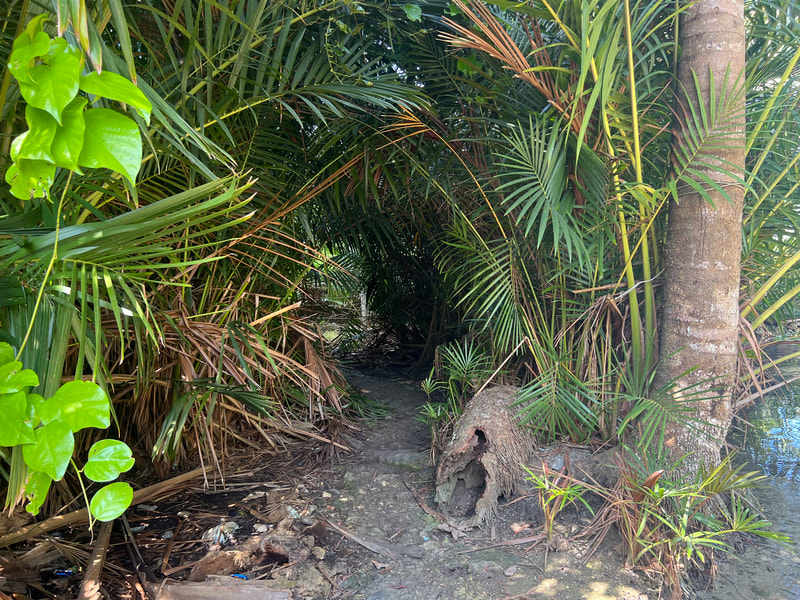
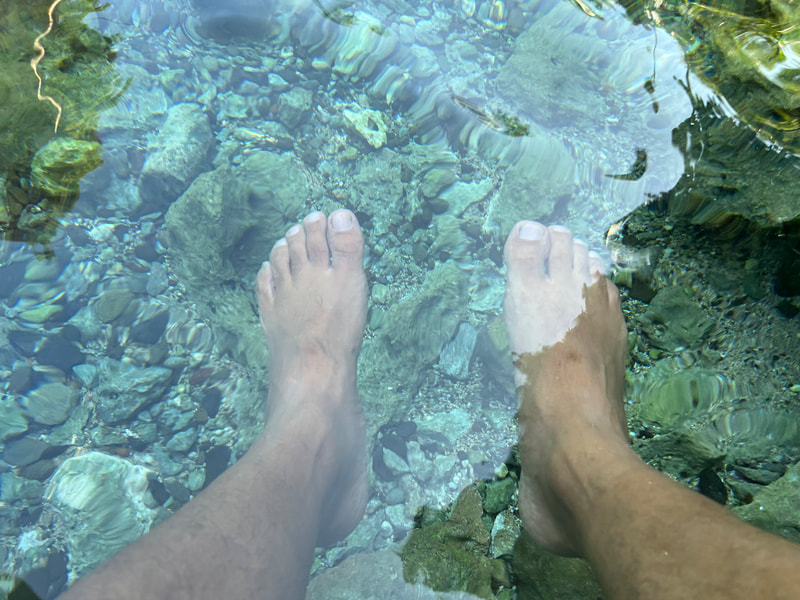
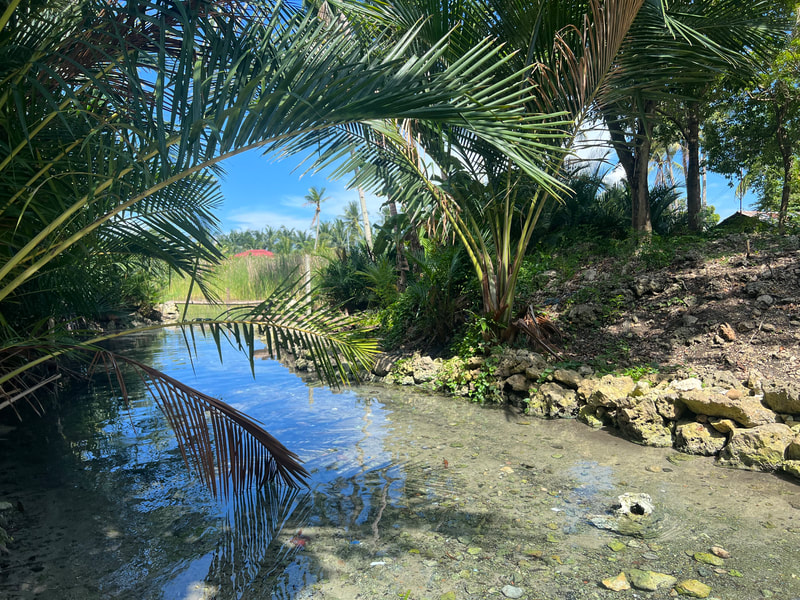
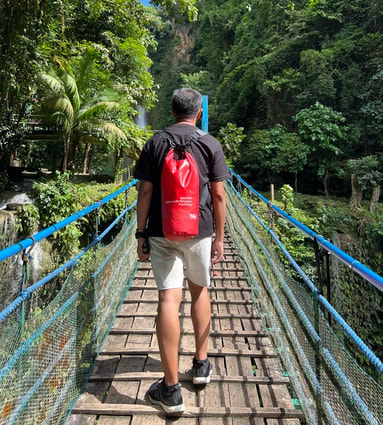




 RSS Feed
RSS Feed